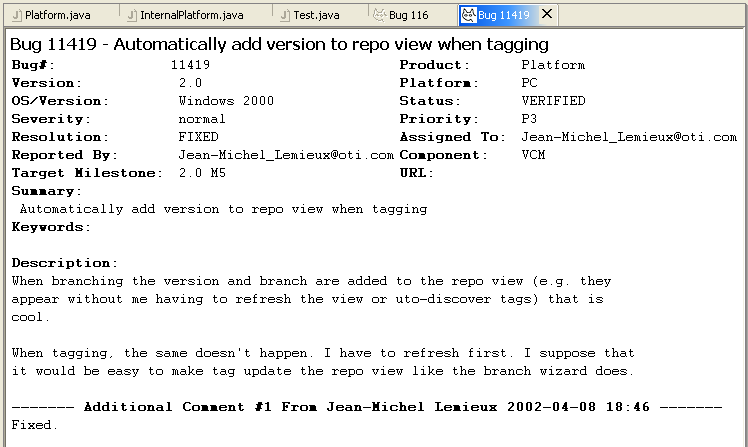SDLC stands for software development life cycle. It mainly refers to stages that software goes through during development:
Requirement Analysis
Design
Implementation
Testing
Evolution
STLC stands for software testing life cycle.
When a requirement is given to test team, testers study and analysis the requirement. A test plan will be drafted based on the estimation of resources, manpower, budget and sent to management level for approval.
Detail test cases will be developed once test plan receives approval. Test execution phase is the phase when defect will be logged and defect management take place.
Regression test is for verifying existing function/features not be affected by implementing new features or fixing up previous defect/bug. Project would be ready for delivery once it pass UAT test.
What is the connection between SDLC and STLC?
SDLC and STLC are actually go parallel.
Requirement Analysis
Business Analyst gather information and convert business requirement into technical functional requirement.
Test team review and analysis the requirement. They identify the testing requirement such as testing types, testing resources.
Design
Architect design the logic of software.
Test manager/lead develop the test plan for overall testing activities.
Coding
Development team does the coding
Testers develop detail test cases.
Testing
Test execution: manual testing, automation testing, unit testing integration testing and system testing and bug reporting.
Deployment
Final testing and deployment is done here.
Test report is finalized.
Maintenance
Maintenance test.





